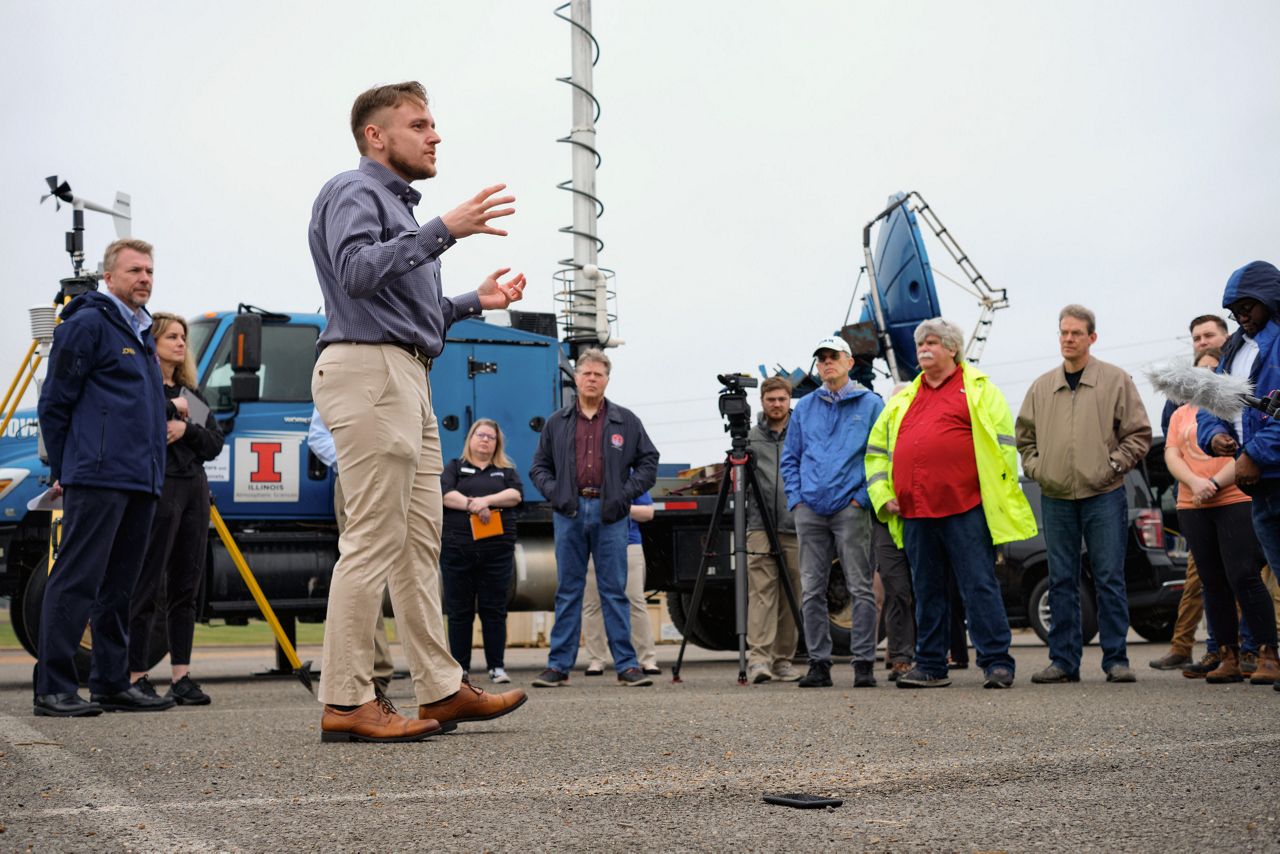Over the last two years, meteorologists with the NOAA’s National Severe Storms Laboratory (NSSL) have studied tornadoes up close in the Southeast.
It’s all part of the PERiLS project, which is a large storm field campaign to study the impact of tornadoes that spawn from a line of thunderstorms.
You can read about the first phase of the project that I covered last year. PERiLS just wrapped up the second and last phase of their project this April.
I got to speak to PERiLS coordinating scientist Dr. Tony Lyza about how the second phase and what they learned so far from PERiLS.
PERiLS Phase Two
Phase Two of PERiLS went from Feb. 8 – May 8 of this year. They concentrated their research on parts of Alabama, Arkansas, Louisiana, Mississippi, Missouri and Tennessee.
However, meteorologists are still in the early phase of analyzing data from year 2 of the project.
“We know that year two datasets will provide us a lot of information about how the atmosphere evolves ahead of tornadic storms and about the damage produced by tornadoes,” said Lyza.
Meteorologists surveyed 24 tornadoes this year. Out of that data set, four tornadoes were deadly, claiming 30 lives during the campaign.
Lyza mentioned that the deadly tornado in Rolling Fork, Mississippi, became an event of interest because of the length of damage. The EF-4 tornado killed at least two dozen people in late March.
He told me, “The most surprising things we encountered this year were the extremely violent nature of the Rolling Fork tornado damage and the length of the damage track with the main tornado we sampled on 31 March in southern Tennessee (86 mi). Neither of these events were unheard of in nature, but they are both rare.”
While the tornadic event in Rolling Fork is rare, tornado activity in the Southeast is typical during Spring.
“I want to clarify that the idea isn’t that tornado alley is expanding so much as it is that a much larger swath of the U.S. is prone to tornado activity than the traditional idea of tornado alley leads on,” Lyza said.
The PERiLS field campaign is complete and the next step is to go through the data and give them to practitioners. Lyza said the past two years of the campaign were successful.
“The early results are promising for evaluating our hypotheses that we had about QLCS tornado evolution, and we’ll be performing analysis and making progress in our understanding of QLCS tornadoes for many years to come given the size and quality of this dataset,” said Lyza.
Our team of meteorologists dives deep into the science of weather and breaks down timely weather data and information. To view more weather and climate stories, check out our weather blogs section.

